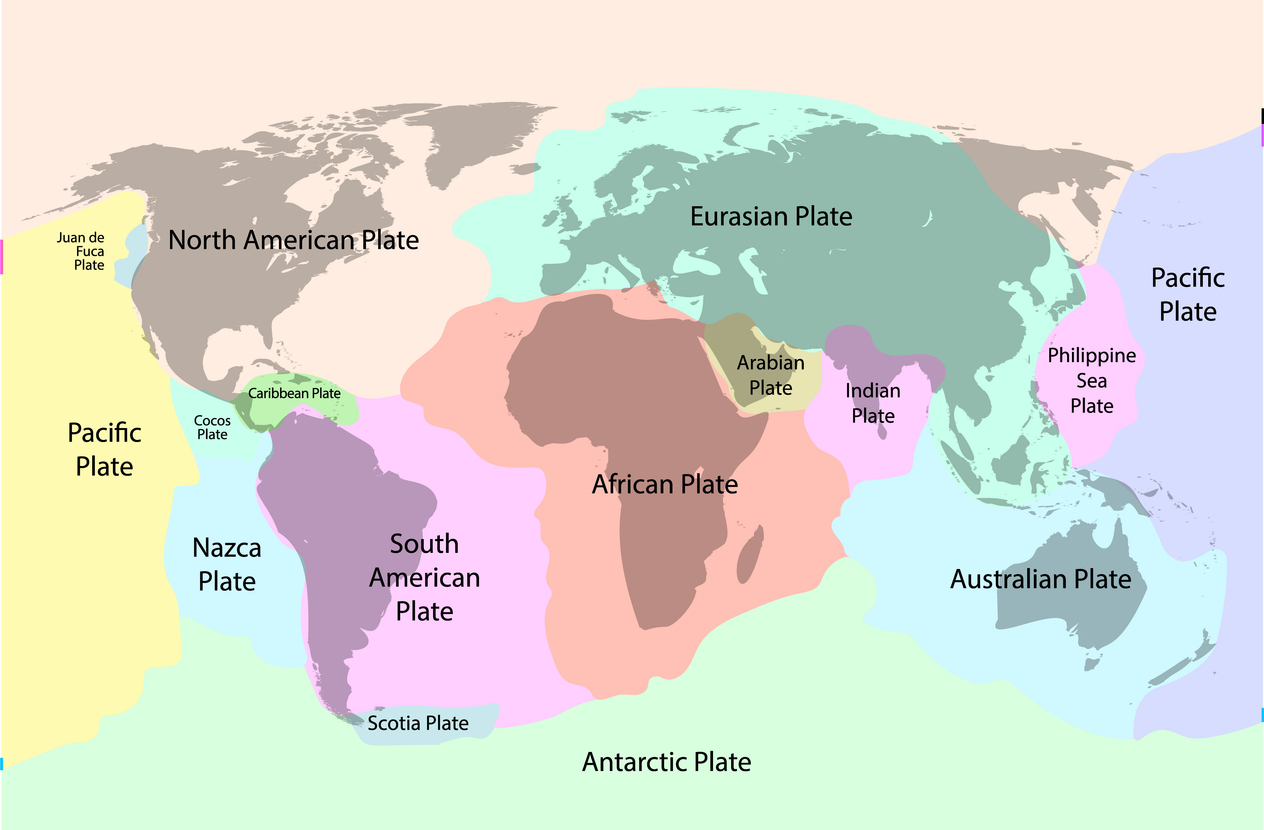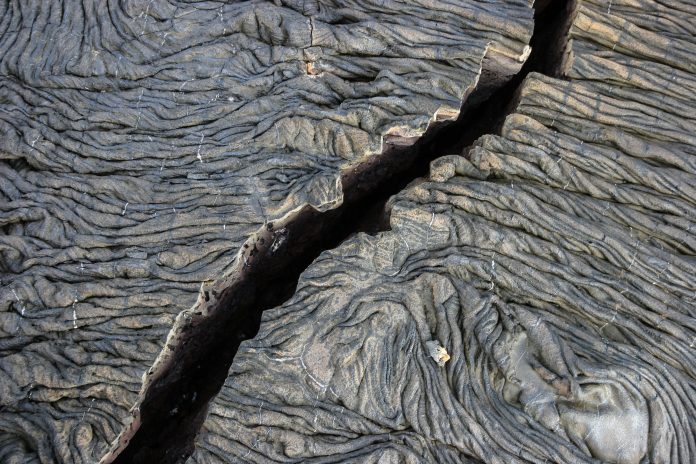New research reveals a surprising link between the ancient tectonic history of oceanic plates and their fate as they subduct into Earth’s mantle. Compositional anomalies, formed millions of years ago, significantly influence their descent speed and trajectory
The dynamic process of plate tectonics, where massive lithospheric plates constantly shift and interact, is fundamental to our planet’s long-term stability. A key aspect of this process is subduction, where one tectonic plate slides beneath another, recycling surface materials and volatile elements deep into the Earth’s interior.
This continuous recycling is vital for maintaining climate stability, atmospheric balance, and ultimately, the habitability of our planet over vast geological timescales. Now, groundbreaking research from an international team of seismologists led by the University of Southampton (now at the Woods Hole Oceanographic Institution) has unveiled a significant new factor influencing this crucial process: the ancient tectonic history embedded within the subducting plates themselves.

Echoes of the past shape deep earth dynamics
The study, published in the prestigious journal Nature, demonstrates that compositional anomalies within oceanic plates, formed by tectonic events that occurred millions of years ago, significantly impact how these plates behave as they descend into the Earth’s mantle. Specifically, the research focused on the mantle transition zone (MTZ), a critical layer located between 410 and 660 kilometers beneath the surface. This zone acts as a gateway, controlling the flow of materials into the deeper mantle.
The team’s findings reveal that large accumulations of basalt rock within the MTZ can cause subducting plates to slow down or even become temporarily trapped within this layer, preventing their direct descent into the lower mantle. While previous studies had identified basalt reservoirs in the MTZ, the origins of these accumulations remained a mystery. This new research provides compelling evidence for an exceptionally thick MTZ beneath the Lesser Antilles, a phenomenon that can only be explained by the presence of substantial basaltic material within the subducting oceanic slab – potentially encompassing the entire 100-kilometer thickness of the plate in certain regions.
Unveiling the secrets beneath the Lesser Antilles
This significant discovery emerged from the VoiLA (Volatiles in the Lesser Antilles) project, a large-scale ocean bottom seismic experiment that involved the deployment of 34 sophisticated seismometers on the ocean floor beneath the Lesser Antilles arc.
Dr. Catherine Rychert at the Woods Hole Oceanographic Institution, highlighted the unique nature of the experiment, stating, “This is the first large-scale ocean bottom seismic experiment conducted at an Atlantic subduction zone.”
The unexpected outcome was the identification of an exceptionally thick mantle transition zone, measuring approximately 330 kilometers, making it one of the thickest observed globally. Dr. Rychert noted the surprising juxtaposition, adding, “Although the Caribbean is well-known for its sunshine and beaches, it now has a new claim to fame in the world of plate tectonics.”
A tectonic “memory” with profound implications
The implications of these findings are far-reaching. Dr. Nick Harmon, also formerly of the University of Southampton and now at the Woods Hole Oceanographic Institution, emphasized the long-lasting influence of a plate’s history, stating, “It’s wild to think that in some ways tectonic plates have a ‘memory’ and that affects the way the plates drive mantle convection and mix material back into the Earth.” This “memory,” in the form of compositional variations inherited from ancient tectonic processes, ultimately dictates the fate of the sinking plates.
Lead author Dr. Xusong Yang, currently at the University of Miami, underscored the importance of considering this inherited heterogeneity, stating, “We cannot overlook the inherited compositional heterogeneity of subducting oceanic slabs. It may greatly influence their ultimate fate in Earth’s deep interior.”
It may greatly influence their ultimate fate in Earth’s deep interior
This study highlights that the Earth’s past is intricately linked to its future. The ancient tectonic events that shaped oceanic plates continue to influence the planet’s internal workings and could have long-lasting consequences for its geological and potentially even its climatic future.
While the changes are gradual over human timescales, they are significant when considering the vastness of geological time.











